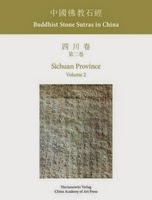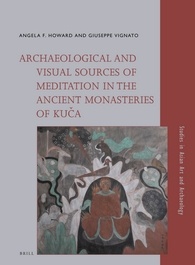Liu Yang
Publisher:
University of Washington Press
Publication Year:
2015
Abstract:
Our imaginations are sparked by the compelling findings unearthed at Lintong near Xi'an, capital of modern-day Shaanxi Province. There the grand mausoleum and its thousands of guardian Terracotta Warriors and horses stand as testimony to the extraordinary legacy of China's First Emperor, Qin Shihuang. Equally significant in shedding light on the days of the Qin state and its evolution from a tribe of the western frontier to a dominant superpower are numerous recent archaeological finds from the region of present-day Gansu and Shaanxi provinces. In Beyond the First Emperor's Mausoleum: New Perspectives on Qin Art, twelve leading scholars of early Chinese art and culture from China, Europe, and the United States share their perspectives on recent archaeological discoveries related to Qin dynasty culture and history.
Table of Contents:
Foreword / Kaywin Feldman --
Introduction / Liu Yang --
Defining Qin artistic traditions: heritage, borrowing, and innovation / Alain Thote
Artistic naturalism and bureaucratic theory / Martin Powers --
Qin cosmography and the first cosmic capital, Xianyang / David Pankenier --
Afterlife entertainment? The cauldron and bare-torso figures at the First Emperor's tomb / Eugene Wang --
Imagining the tomb of the First Emperor of China / Anthony Barbieri-Low --
The Qin Biannian ji and the beginnings of historical writing in China / Edward L. Shaughnessy --
Cinnabar and mercury industry of Qin and early China / Kuang-Yu Chen --
Qin ritual bronze: impact from the Central Plains and the South / Liu Yang --
Foreign/Eurasian elements in pre-imperial Qin culture: materials, techniques and types / Jenny F. So --
Archaeological finds of the Majiayuan Cemetery and Qin's interaction with Steppe cultures / Wang Hui --
Contributors. Section headings: Inheritance, innovation, and politics in Qin art --
City, burial, and ritual --
Qin history, culture, and art: new light shed by archaeological finds --
Qin's interaction with other cultures.





